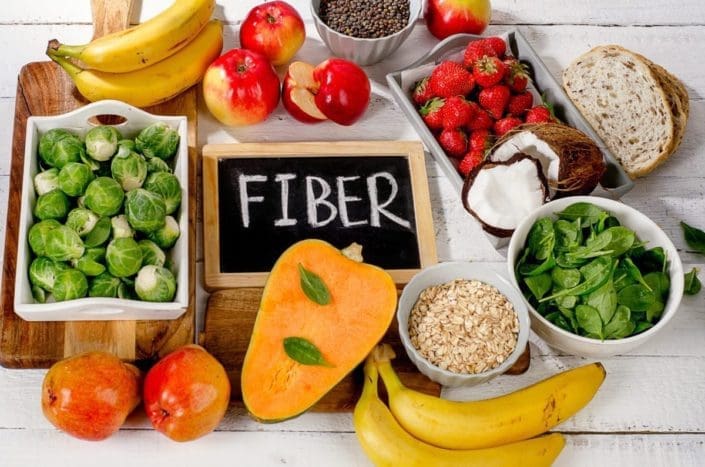
I suspect that for many of you diet (not healthy living but DIET or weight loss) success revolves around sticking to your personal set program. Protein bar for breakfast, (same) sandwich with an apple for lunch and lean meat with favorite veggie for dinner. And while this same daily diet habit may help you focus on losing weight, eating the same thing every day is NOT the answer to a fully healthy life.
Tim Spector is a professor of genetic epidemiology at King’s College London, and is lead investigator of the British Gut Project. He’s also the author of The Diet Myth: The Real Science Behind What We Eat. Spector says that diet health is clearly more complex than calories in and calories out. Much of it has to do with microbes and the importance of our gut microbiome, which he likens to discovering a new organ in our body.
Spector shares that we’ve lost much of the microbial diversity that we once had, citing people like the Hadza in Tanzania and Amazonian tribes. Unlike people living in the west, “they have these super healthy microbiomes and they don’t get obese, they don’t get many other chronic diseases and don’t get allergies”. Spector states that the west’s love affair with antibiotics, processed food and sterile living environments has resulted in the compromising of our microbiome health.
Another cause of poor microbiome health are the foods we eat -- or just as importantly – don’t eat. Spector sites findings from the British Gut Project. “It has shown that the number one factor to determine having a healthy microbiome is the number of different plants you ate in a week.” The more diverse the food we eat, the more diverse our gut microbes.
If we ate over 30 different plants – including fruits, vegetables, nuts and seeds – each week we’d all have a healthier gut, he says. While that sounds simple, Spector says that on average we’re now only eating around five different plants per week.
Upping our consumption of fermented foods, a wider variety of plants, fibre and polyphenol-rich foods like nuts and berries is the best way to feed those 100 trillion microbes that we might not have even known we had.
So you have probably guessed it --this next week we will focus on more variety in our daily meal choices. Not just romaine lettuce in our salads but a wide variety of different types of greens. Not just wheat bread but rye or millet. Not just rice but Quinoa or Freekuh instead. Not just your daily apple for a snack but black grapes or guava. (Note I tasted my first guava last week and the taste was just OK but the fragrance was intoxicating.) I would love it if you would eat 30 different fruits, vegetables, grains and nuts and seeds this week (Do keep count and let me know) but to earn the weekly bonus challenge you need to add to your diet at least one different item (a fruit, seed, grain or vegetable you have not eaten during the past month or already during this week of challenge) per day to earn the daily bonus points or add a total of 7 new ones for the week (you could eat then all on one day) for the full 35 points.
I think for a lot of us success in losing weight falls into a habit of eating the same thing (at least for breakfast or lunch) every day. But being a healthy person encompasses more factors than mere weight control. Let’s branch out ladies and bless our microbiome with a wider variety of plants! Happy eating!



